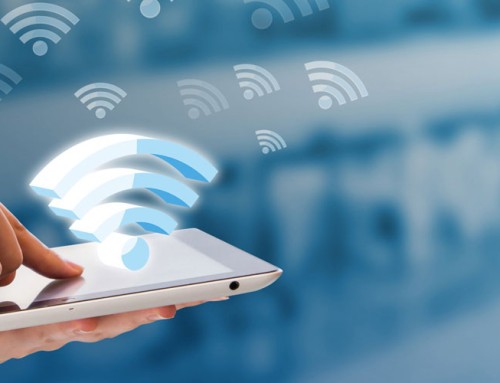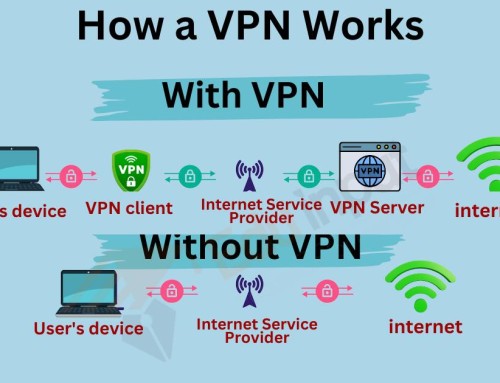What is Microwave Network Connection?
A microwave network connection is a type of wireless communication that uses microwaves to transmit data between two points.
Microwaves are a form of radio waves that have a frequency of between 3 and 30 gigahertz (GHz).
This frequency range is well-suited for long-distance communication because it can be transmitted over long distances with relatively little attenuation.
Microwave network connections are often used in point-to-point applications, such as connecting two buildings or two data centers. They can also be used to create a wider area network (WAN) by connecting multiple microwave links together.
What are the advantages Of Microwave Internet Connections?
Microwave Internet Connections offer a number of advantages over other types of wireless communication, such as:
- High bandwidth: Microwave links can support bandwidths of up to 10 gigabits per second (Gbps). This is much higher than the bandwidth of other wireless technologies, such as Wi-Fi.
- Long range: Microwave links can transmit data over distances of up to 100 kilometers (62 miles). This makes them well-suited for connecting remote locations.
- Line-of-sight transmission: Microwave signals are limited to line-of-sight propagation. This means that there must be no obstructions between the two antennas that are communicating. However, this also means that microwave links are not susceptible to interference from other radio signals.
What are the disadvantages Of Microwave Connections ?
Microwave network connections also have some disadvantages, such as:
- Cost: Microwave links are more expensive to install and maintain than other types of wireless networks.
- Weather: Microwave signals can be affected by weather conditions, such as rain and fog. This can cause signal attenuation and even outages.
- Regulatory requirements: Microwave links may be subject to regulatory requirements in some countries. This can add to the cost and complexity of deploying a microwave network.
Overall, microwave network connections are a reliable and high-bandwidth solution for long-distance wireless communication. They are well-suited for applications where high bandwidth is required and where line-of-sight propagation is possible.
What are the Uses Microwave Connectivity?
Here are some examples of how Microwave Connectivity are used today:
- Backhaul for cellular networks: Microwave links are often used to provide backhaul for cellular networks. This means that they are used to connect cell towers to the core network.
- Internet access in rural areas: Microwave links can be used to provide internet access to rural areas that are not served by traditional wired networks.
- Private networks: Microwave links can be used to create private networks for businesses and government agencies. This can provide a secure and reliable way to transmit data between different locations.
- Disaster recovery: Microwave links can be used to create a disaster recovery plan for businesses. This means that in the event of a disaster, the business can continue to operate by using a microwave link to connect to its backup data center.
Microwave network connections are a versatile and reliable technology that can be used in a variety of applications. As the demand for high-bandwidth wireless communication continues to grow, microwave links are likely to become even more popular in the future.







Leave A Comment
You must be logged in to post a comment.